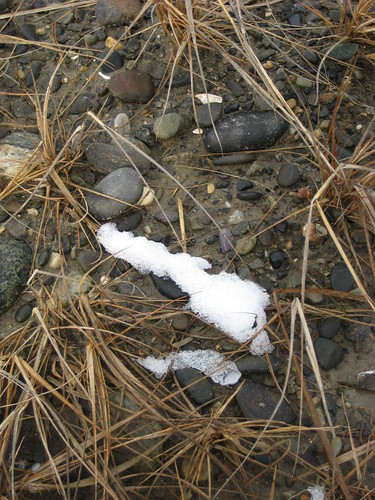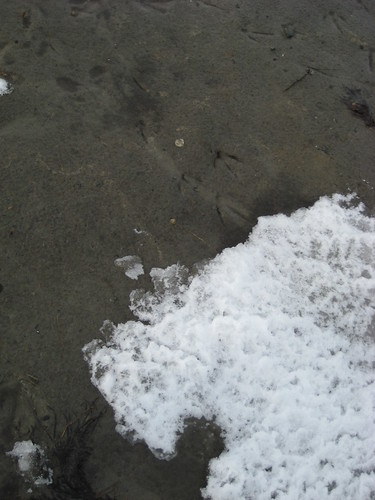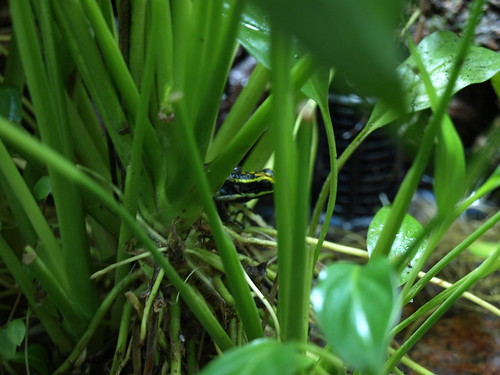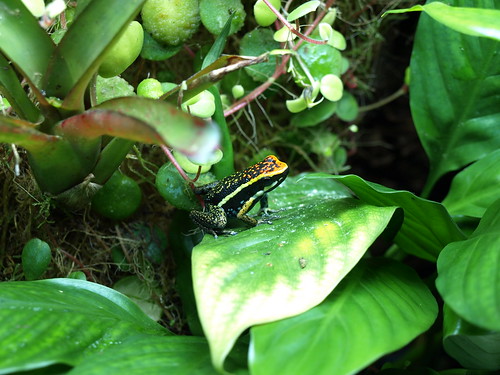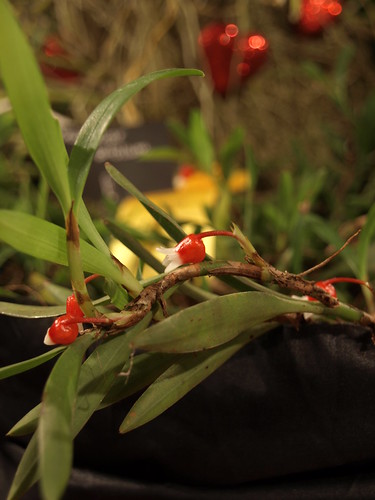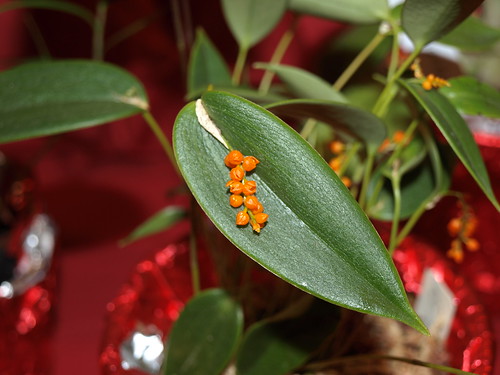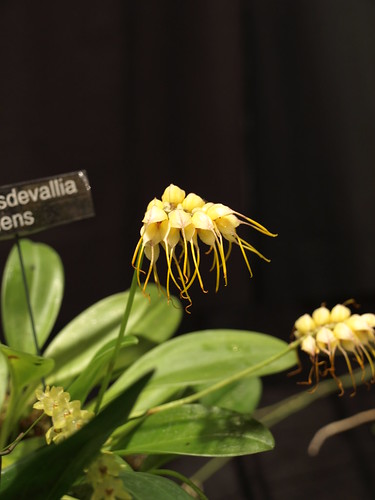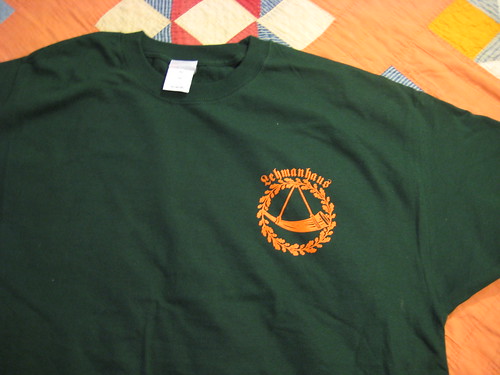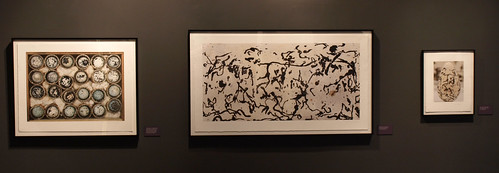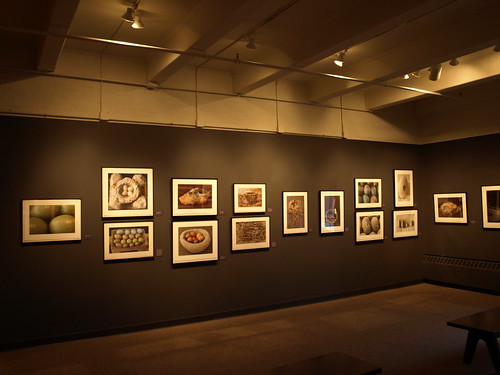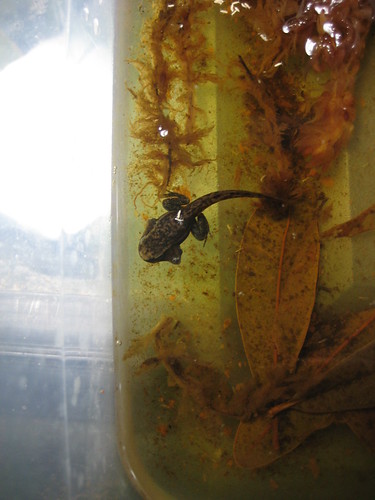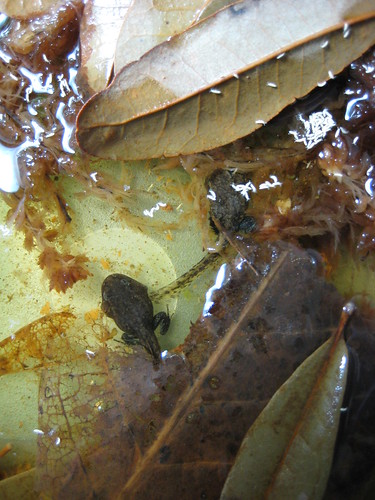Via Adam Greenfield’s Speedbird comes a link to the unbook. Big quote for folks who do not wish to click through:
1. An unbook is never finished, but rather continually updated, based on feedback from users andtheir evolving needs.
2. An unbook is released in versions. As in open source software, version 1.0 of an unbook is a significant milestone, indicating that it is stable and reliable enough for use by the general public. The significance of a new release is indicated by the size of the gap: For example, the difference between 1.1 and 1.1.3 is minor, while the difference between 1.1 and 2.0 is major.
3. An unbook is supported by a community of users who share their experiences and best practices with each other, and help each other troubleshoot problems encountered in their practice areas. An unbook’s community is a very real part of the unbook’s development team. *
Implied by the unbook – though not necessary – is print on demand. The physical object is important, but fixed print runs aren’t and are likely counterproductive.
How does an unbook differ from a wiki?
4) A wiki does not have a linear narrative while an unbook does: Before a physical book can be printed the order of its pages must be determined.
…
An unbook is a narrative object: a developing narrative, a story that may change significantly over time, like a children’s story that is told and retold with additions and changes by multiple authors. Like a story an unbook has a clear beginning and end, although those things might change over time.
A wiki is a map object: a virtual space that can be searched, explored and navigated in various ways. A wiki, like a physical space, has many starting and ending points. You can enter a wiki many ways and there is no “end” to a wiki. *
For some interesting discussion of the concept – pro and con – see the comment thread on Warren Ellis’ post. [Web ‘better practice’ – checking the pingbacks from other blogs on posts like Mr. Gray’s can lead you to good stuff.]


